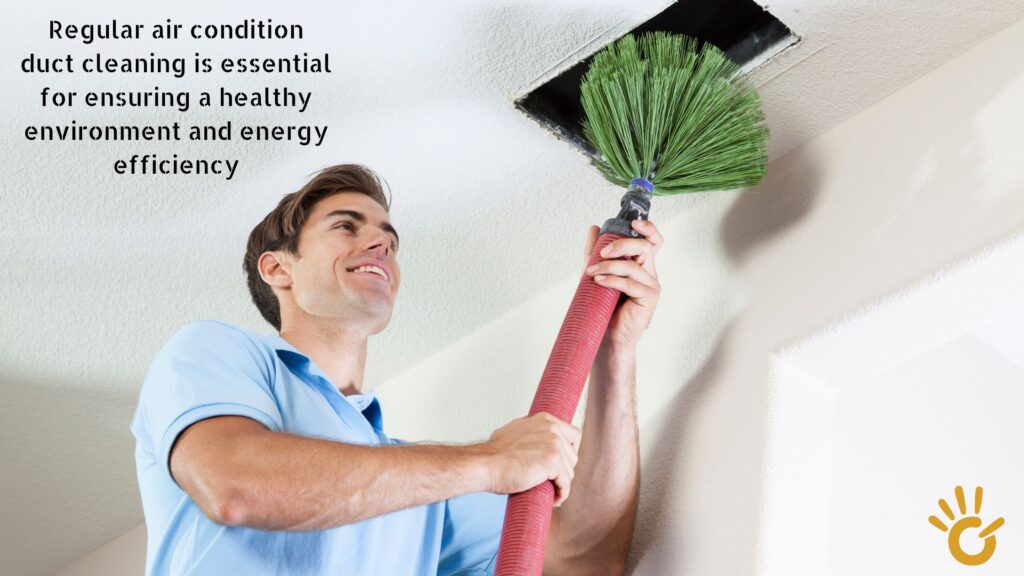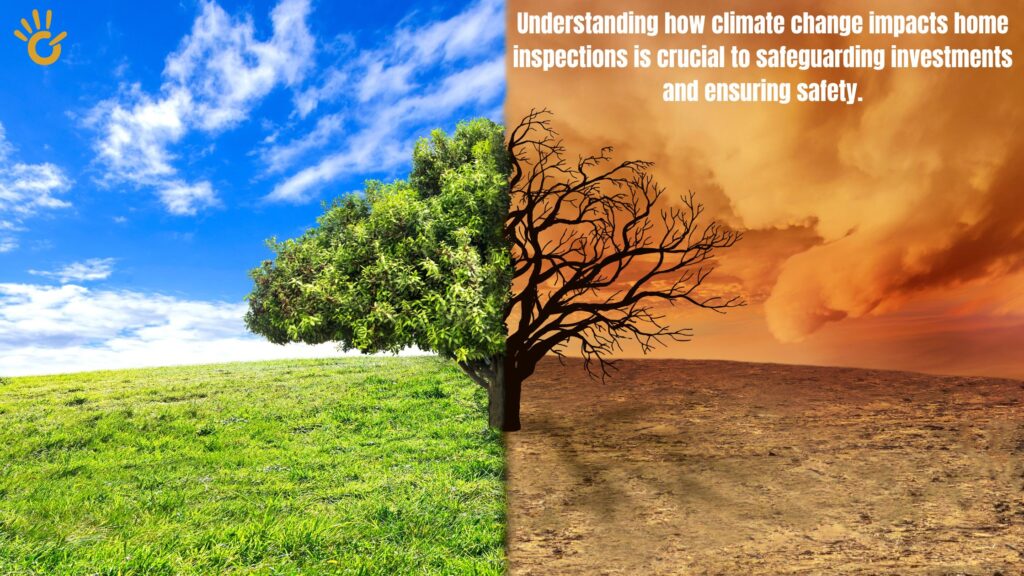Termite Protection and Property Inspections in Dubai- Dubai’s dynamic real estate market offers numerous opportunities for property investment, but it also brings unique challenges, such as termite infestations. Termites, often called “silent destroyers,” can cause significant structural damage if not properly managed. This guide provides a comprehensive overview of termite protection and property inspections in Dubai, emphasizing the importance of proactive measures to safeguard your investment.
Understanding Termite Threats in Dubai
Termites thrive in warm, humid environments, making Dubai’s climate particularly conducive to their proliferation. These pests feed on cellulose-based materials, primarily wood, and can compromise the structural integrity of buildings. The most common types of termites found in Dubai include:
- Subterranean Termites: These termites build colonies underground and create mud tubes to access food sources above ground. They are the most destructive type, often causing extensive damage before detection.
- Dry wood Termites: Unlike subterranean termites, dry wood termites infest dry wood and do not require contact with soil. They can infest furniture, flooring, and wooden structures within a property.
Termite Protection and Property Inspections in Dubai
The Importance of Termite Inspections
Regular termite inspections are crucial for early detection and prevention of infestations. Inspections help property owners identify potential issues before they escalate, saving time, money, and potential damage. Key benefits of termite inspections include:
- Early Detection: Identifying termite activity early can prevent extensive damage and reduce the cost of remediation.
- Peace of Mind: Knowing that your property is free from termites provides reassurance and protects your investment.
- Compliance with Regulations: Regular inspections ensure compliance with local building codes and regulations, which may mandate termite protection measures.
Steps in a Termite Inspection
A thorough termite inspection typically involves the following steps:
- Exterior Inspection: Inspecting the property’s perimeter for signs of termite activity, such as mud tubes, damaged wood, and hollow-sounding structures.
- Interior Inspection: Checking inside the property for signs of infestation, including termite droppings (frass), discarded wings, and damage to wooden elements.
- Moisture Detection: Using moisture meters to identify areas with high humidity, as termites are attracted to moisture.
- Detailed Report: Providing a comprehensive report outlining findings, potential risks, and recommended treatment or preventive measures.
Effective Termite Prevention Strategies
Preventing termite infestations requires a combination of proactive measures and regular maintenance. Key strategies include:
- Reducing Moisture Levels: Addressing leaks, improving drainage, and using dehumidifiers can help reduce moisture levels, making the property less attractive to termites.
- Sealing Entry Points: Sealing cracks, gaps, and other entry points in the foundation, walls, and roof can prevent termites from gaining access to the property.
- Proper Wood Storage: Storing firewood, lumber, and other cellulose materials away from the property and off the ground can reduce the risk of termite infestations.
- Using Termite-Resistant Materials: Incorporating termite-resistant materials, such as treated wood or metal, in construction can provide long-term protection against termites.
Termite Treatment Options
If an infestation is detected, several treatment options are available to eliminate termites and protect the property:
- Chemical Treatments: Applying termiticides to the soil around the property or directly to infested areas can effectively kill termites and create a barrier to prevent future infestations.
- Baiting Systems: Installing bait stations around the property attracts termites to consume a toxic bait, which they carry back to their colony, effectively eliminating the entire colony.
- Fumigation: For severe infestations, fumigation involves sealing the property and introducing a gas to eliminate termites. This method is highly effective but requires vacating the property during treatment.
- Heat Treatment: Increasing the temperature in infested areas to levels lethal to termites is an eco-friendly and chemical-free method of eradication.
Conclusion-Termite Protection and Property Inspections in Dubai
Termite protection and regular property inspections are essential components of maintaining and safeguarding real estate investments in Dubai. By understanding the risks posed by termites and implementing preventive measures, property owners can protect their assets and ensure long-term value. Staying proactive and informed about termite management will help create a secure and pest-free living environment, contributing to the overall sustainability and resilience of Dubai’s real estate market.




Pingback: Mall & Retail Space Inspections in Dubai: Safety 0